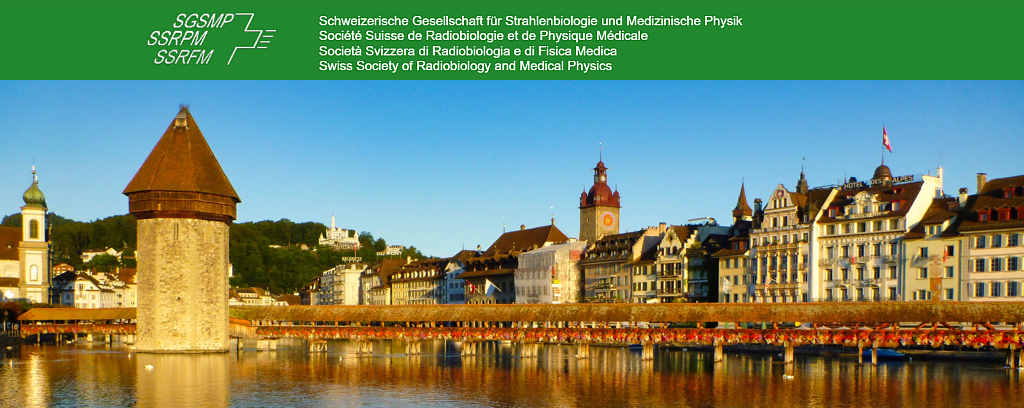Speaker
Description
Purpose: To improve the prediction of positron emission tomography (PET) activity for treatment verification of proton therapy, magnetic resonance (MR) and computed tomography (CT) images were combined to assign an elemental composition to voxels within the CT based on the tissues identified in the MR.
Methods: Clinical treatment plans were generated for six head and neck patients. The diagnostic MR image was registered to the planning CT image, segmented and the elemental composition was masked based on grey/white matter, cerebrospinal fluid, or tumour. PET simulations were performed both with calibration of elemental composition based on the Schneider method for converting Hounsfield units to material information and using a MR-based calibration. Monte Carlo methods were used to score the most abundant radioactive isotopes. The coincidence signal detection of a full-ring PET scanner was simulated and image reconstruction was performed. Most Likely Shift (MLS), Middle Point (MP), and an iso-activity analysis were used to analyse the distal end of profiles along the field axis.
Results: For the selected timeframes, approximately 80% of the total activation was due to O-15, with its distribution depending on oxygen content of irradiated tissues. MR-based distributions were less noisy compared to those using CT-calibration. Iso-activity analysis showed distance-to-agreements (DTA) of up to several centimetres in extended regions of tissue re-assignment and shifts of ±3 mm in MLS. Setup errors could be detected with MLS and MP, with MLS being more robust to changes in calibration. The reconstructed images however were noisy for simulated measurement timeframes of 30 seconds. Standard deviations of detected shifts ranged from 3 to 5 mm. For both MLS and MP, the DTA in iso-activity levels was mostly within ±5 mm.
Conclusion: The determination of the oxygen content of irradiated tissues is essential for reliable PET activation calculations, influencing range evaluation methods. The inherent uncertainty introduced with image acquisition and reconstruction however limits the ability to identify small differences.

